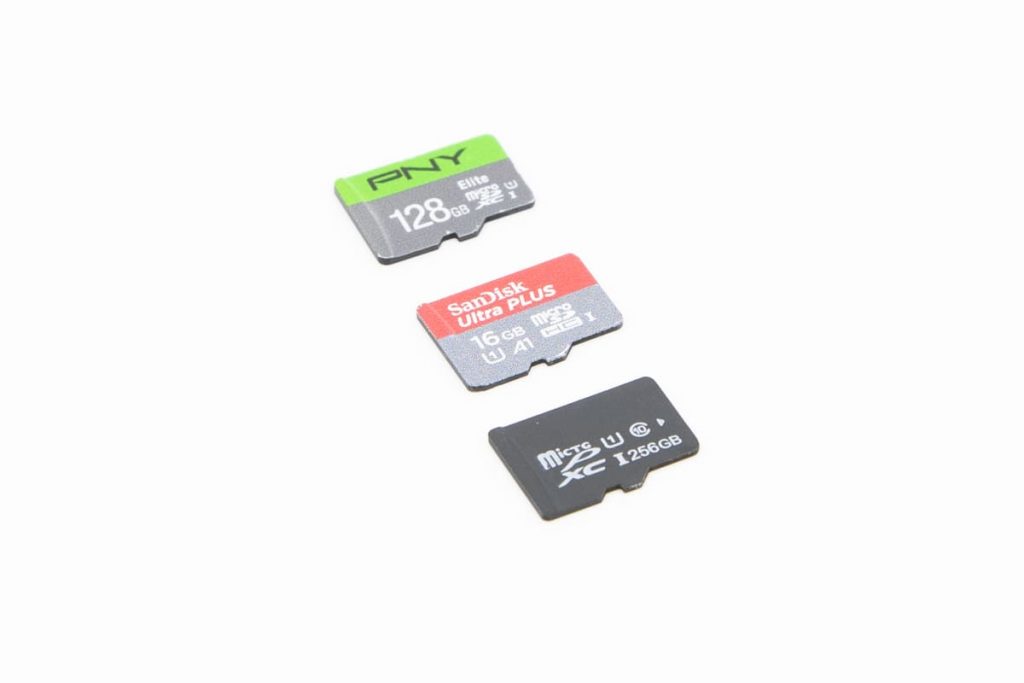In today’s data-driven world, we rely heavily on various storage devices to safeguard our precious memories and important files. Among these, SD cards have become a popular choice because of their compact size and portability. Whether you use them in your smartphone, digital camera, or any other compatible device, it is important to understand the life expectancy of your SD card to avoid the loss of critical data.
This blog will guide you on how to check the remaining life of your SD card, and we will delve into the factors that affect the life of an SD card.
Understanding the Life of an SD Card
SD cards, including micro SD cards, have a finite lifespan determined by various factors, including the number of write cycles they can endure. These write cycles refer to the process of storing and overwriting data on the memory cells of the card. Each time you save or delete a file, it counts as a write cycle. Over time, the number of write cycles can deplete, leading to wear and tear on the card.
Factors Affecting the SD Card Write Life
Number of Write Cycles
The number of write cycles an SD card can withstand varies depending on the card’s quality and manufacturer. In general, higher-end cards can endure more write cycles, while lower-end ones may have a shorter lifespan. The more you write data to an SD card, the quicker it will reach the end of its life.
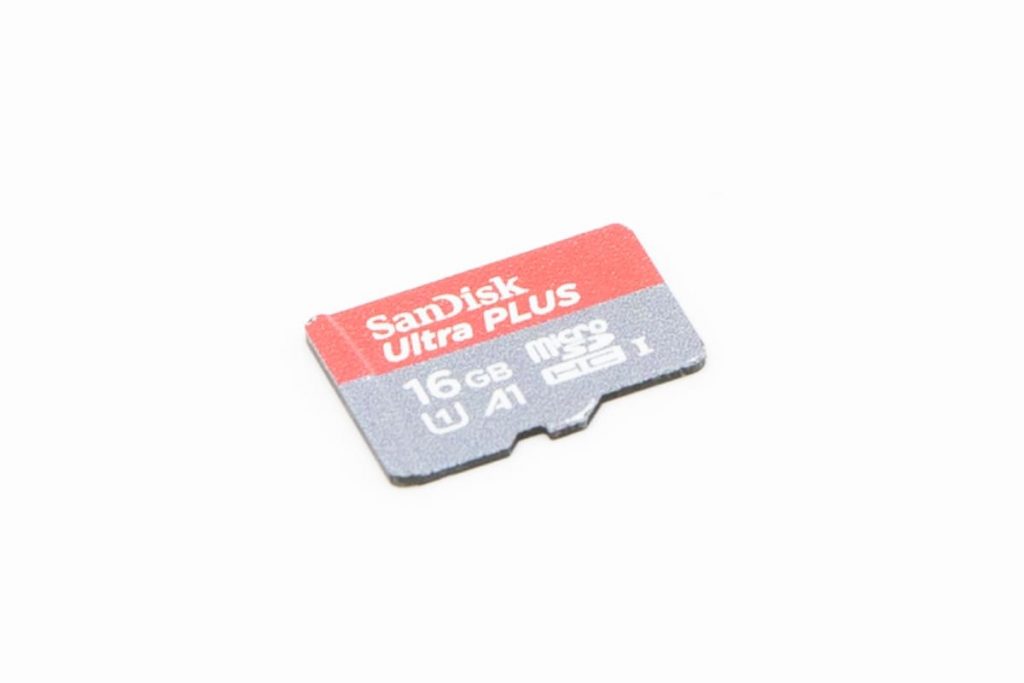
Wear Leveling
Wear leveling is a technology used in modern SD cards to distribute write and erase cycles evenly across the memory cells.
This helps prolong the card’s life by preventing certain cells from wearing out faster than others.
Physical Damage
Physical damage to an SD card, such as bending, exposure to extreme temperatures, or moisture, can significantly reduce its lifespan. Handling your card with care and storing it in a protective case can prevent physical damage.
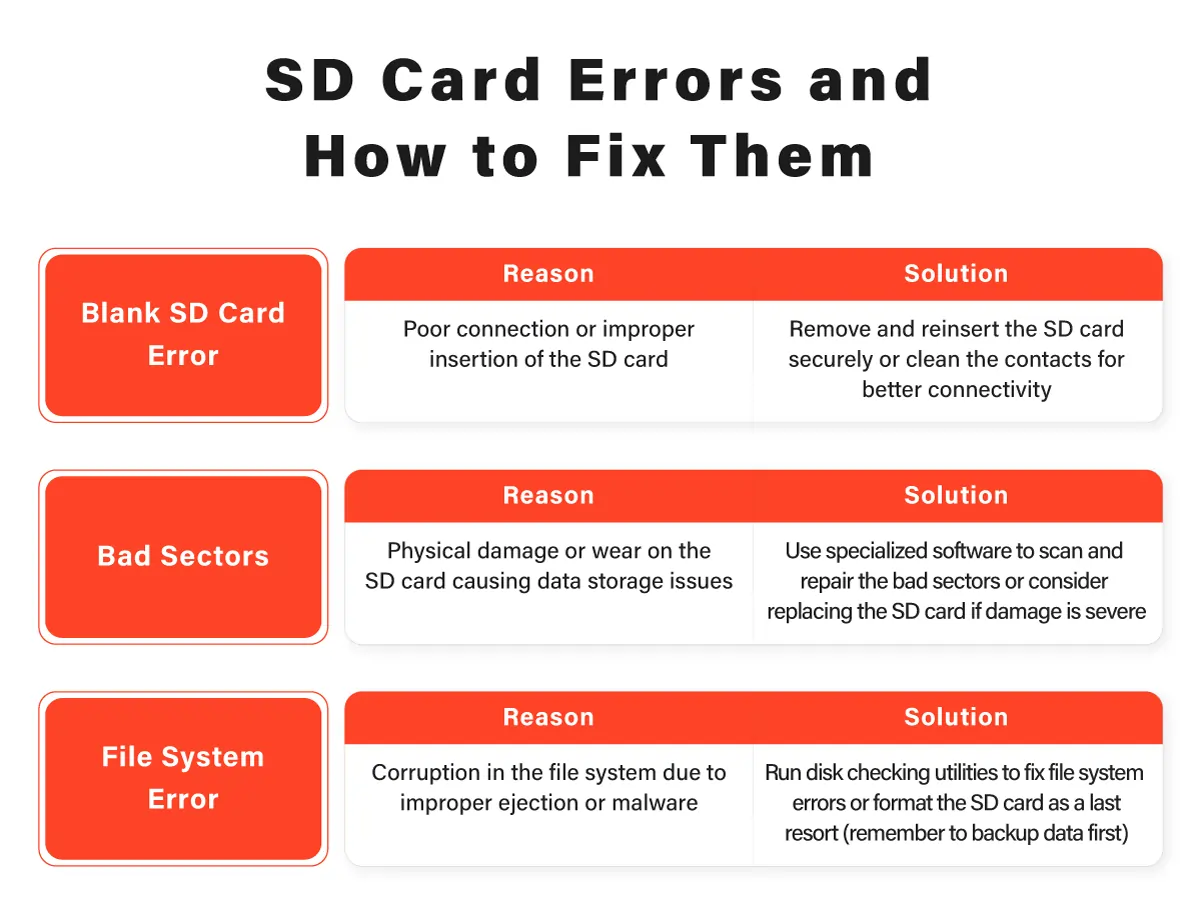
File System Errors
File system errors can lead to data corruption and SD card failure. Regularly checking for and fixing SD card errors can help extend the life of your card.
How to Check Remaining Life of SD Card
It is important to monitor the health of your SD card regularly to ensure you don’t lose your important files unexpectedly. Here’s how to perform SD card life check:
Use Built-in Tools
Most operating systems provide built-in tools to check the health of your storage devices. For Windows, you can use the built-in tool “CHKDSK,” while macOS offers “Disk Utility.” These tools can scan your SD card for file system errors and correct them, helping to prolong the card’s life.
Third-Party Software
Several third-party software options are available for checking the health of your SD card. Tools like CrystalDiskInfo, HD Tune, and H2testw can provide detailed information about your card’s status and performance.
They often include features like S.M.A.R.T. data analysis, which assesses the card’s wear and tear.
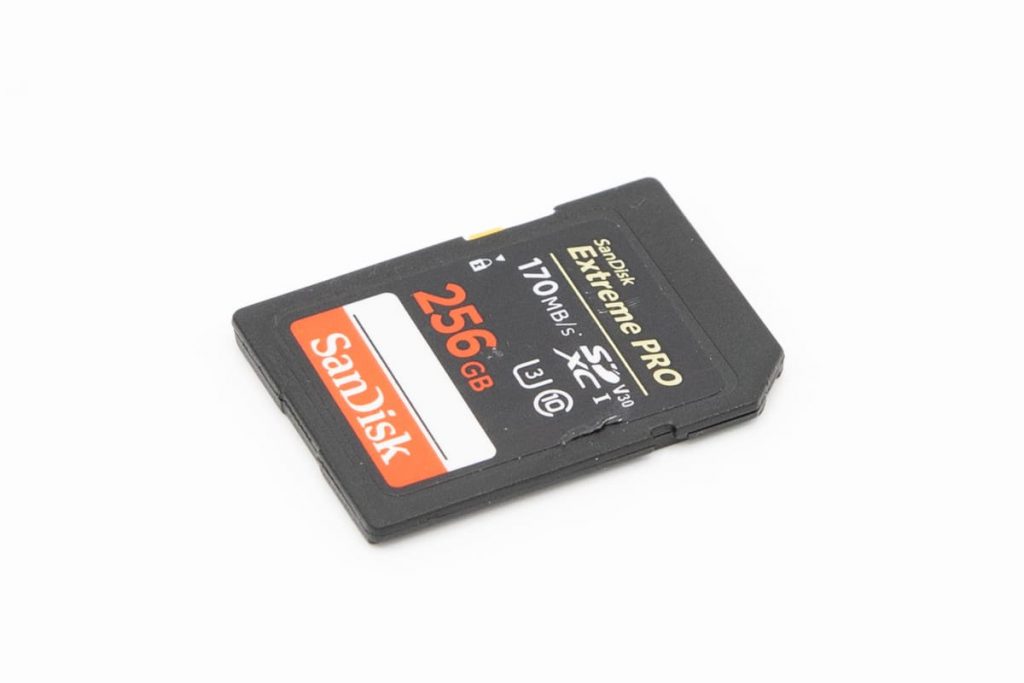
Check SD Card Life Cycle
Some SD card manufacturers provide utilities that allow you to check the remaining life of the card. SanDisk, for instance, offers the SanDisk Memory Zone app, which can assess the health of their cards and offer data management features.
Monitor Card Health on Your Device
Some smartphones and cameras have built-in options to check the health of the SD card being used. You can usually find this option in the device’s settings or storage management menu.
Understanding SD Card Life Expectancy
The life expectancy of an SD card depends on various factors, including the brand, type, and usage. Let’s explore the general lifespan of different SD card categories:
- Standard SD Card Life Expectancy. Standard SD cards are known for their durability and can typically endure thousands of write cycles. They often last for several years, even with regular use.
- Micro SD Cards Life Expectancy. Micro SD cards, commonly used in smartphones and action cameras, have a similar life expectancy to standard SD cards. They can endure a good number of write cycles, but their longevity depends on usage.
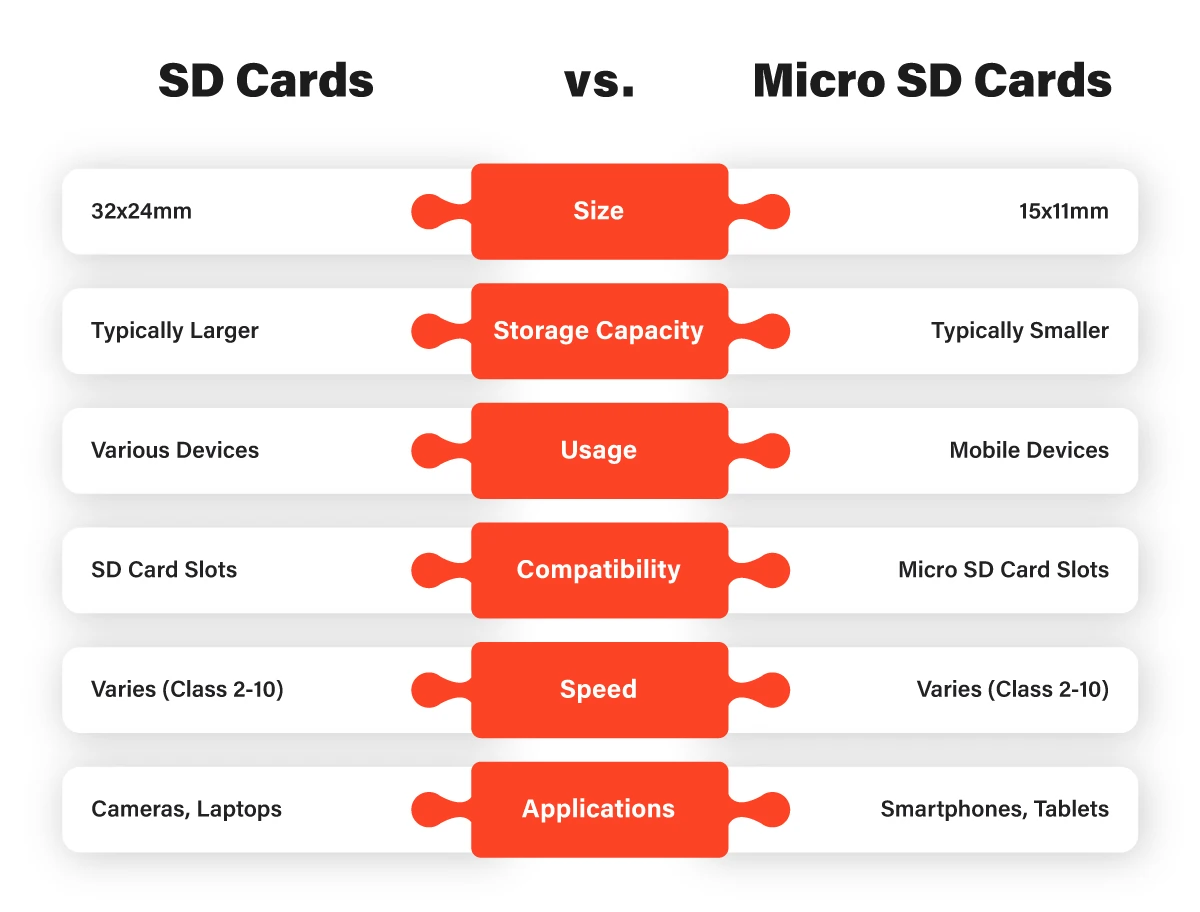
- High-Endurance SD Cards Life Expectancy. High-endurance SD cards are designed for continuous recording in security cameras and dashcams. These cards can last longer because of their optimized wear leveling and increased write cycles, extending their life expectancy to many years.
- SD Cards for Professional Cameras Life Expectancy. Professional-grade SD cards designed for high-performance cameras and video recording equipment come with a high write cycle capacity, providing a longer lifespan. They are built to withstand the rigors of professional use.
Tips to Extend the Life of Your Micro SD Card and SD Card
- Safely Eject Your Card. Always eject your SD card properly from the device to avoid data corruption and physical damage. Use the “Eject” or “Safely Remove Hardware” option in your operating system.
- Handle with Care. Store your SD card in a protective case to prevent physical damage and avoid exposing it to extreme temperatures or moisture.
- Avoid Overfilling. Refrain from overfilling your SD card, as it can lead to file system errors and decrease the card’s life expectancy. Keep some free space available.
- Backup Your Data. Regularly back up your important files to a computer or cloud storage to safeguard them in case of an SD card failure.
- Use Quality Cards. Invest in high-quality SD cards from reputable manufacturers. While they may be slightly more expensive, they tend to last longer and offer better performance.
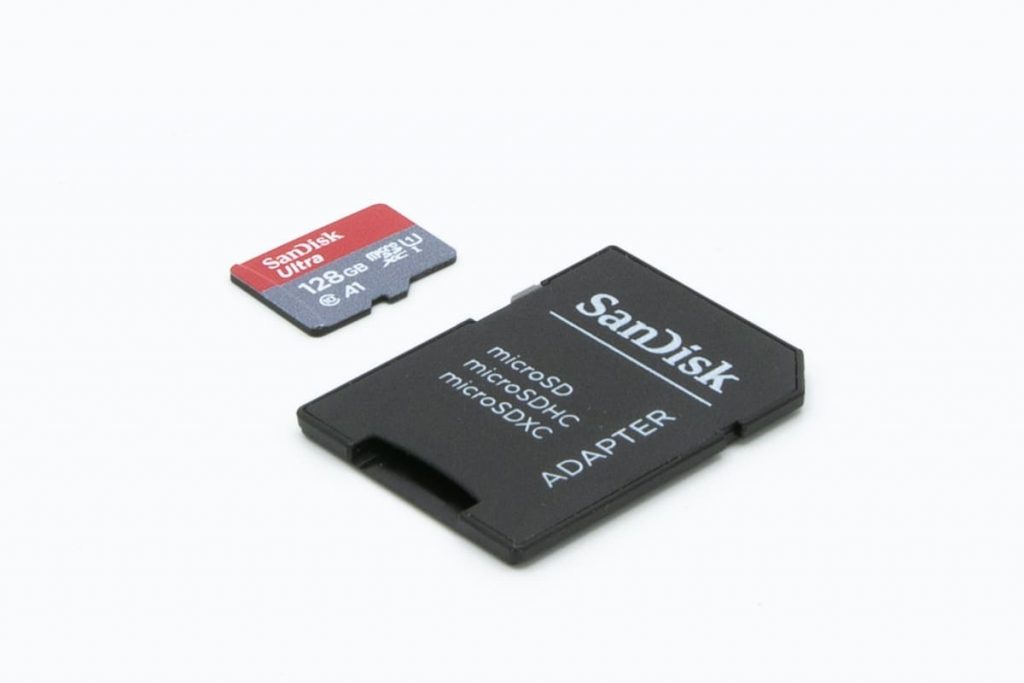
- Format Your Card. Periodically format your SD card to refresh its file system and clear any accumulated errors.
Knowing how to check the remaining life of your SD card is essential to ensure your important data remains safe and accessible. SD cards have a finite lifespan influenced by factors like the number of write cycles, wear leveling, physical damage, and file system errors.
By following our tips and regularly monitoring your card’s health, you can maximize its lifespan and protect your valuable files. Should you ever face an SD card failure or data loss, do not hesitate to contact PITS Global Data Recovery Services for professional assistance in recovering your precious memories and crucial data.
Frequently Asked Questions
What is the life expectancy of an sd card?
Standard SD cards typically last for several years with regular use, as they can endure thousands of write cycles.
How do I handle my SD card to prevent physical damage?
To prevent physical damage, store your SD card in a protective case, avoid exposing it to extreme temperatures and moisture, and always eject it safely from your devices.
Why should I avoid overfilling my SD card?
Overfilling your SD card can lead to file system errors and reduce its life expectancy. It’s essential to keep some free space on the card.
How often should I format my SD card?
Periodically formatting your SD card is recommended to refresh its file system and clear any accumulated errors. The frequency depends on your usage, but doing it a few times a year is a good practice.
What should I do if I face an SD card failure or data loss?
If you encounter an SD card failure or data loss, don’t worry. Contact PITS Global Data Recovery Services for professional assistance in recovering your precious memories and crucial data.
